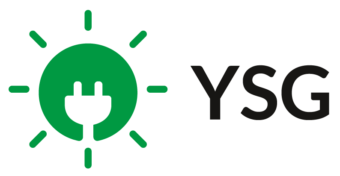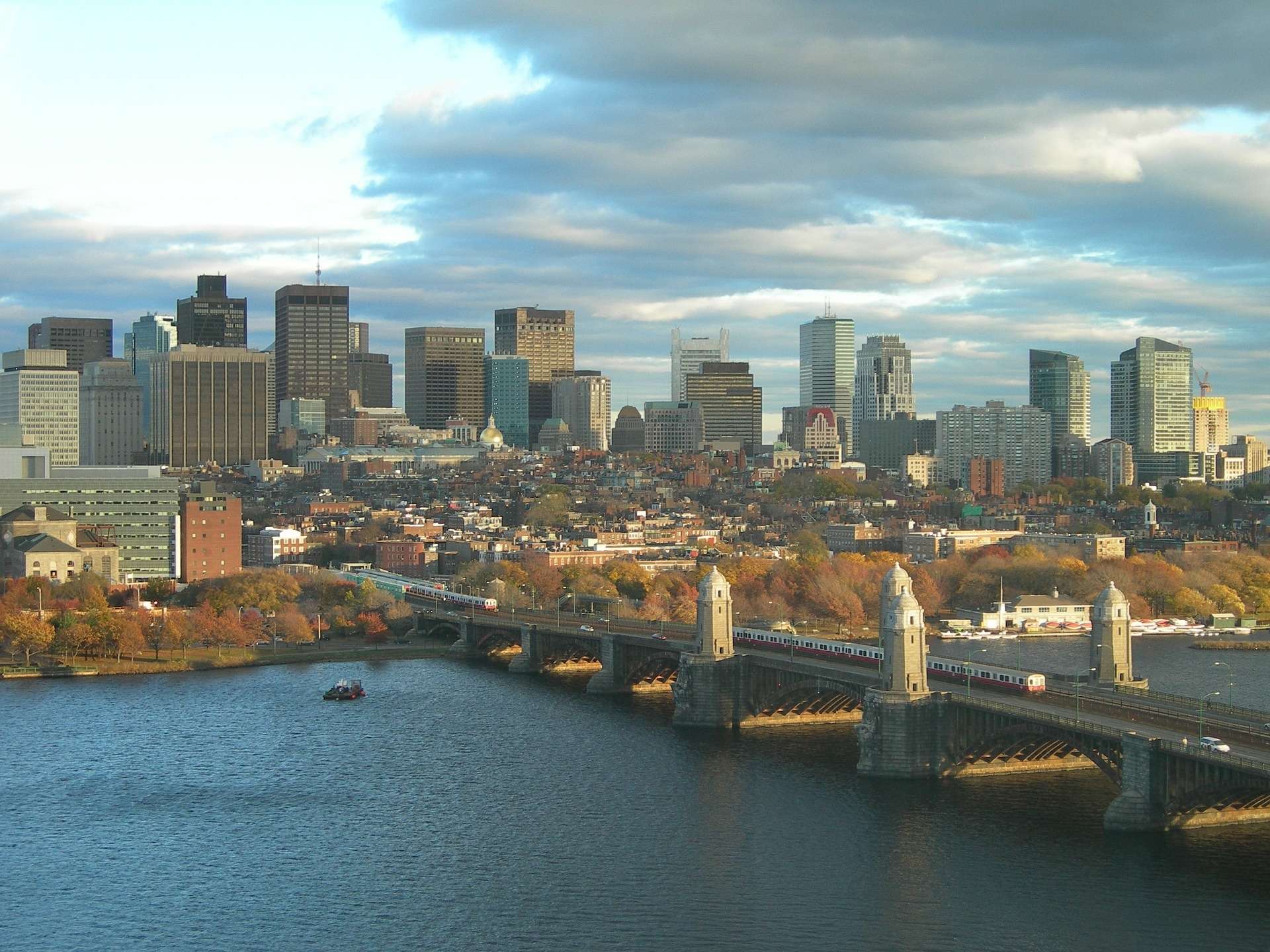Over the last ten years, Massachusetts has become a leader in clean energy technologies. They have had very successful SREC and SMART programs. Both programs had been oversubscribed with an increase in market demand. The market design from policy makers is a true example of a successful incentive program that has created jobs, increased property taxes through PILOT agreements for local municipalities, generated revenue for landowners who are leasing land to solar developers, and created thousands of construction jobs.
As the world and the United States have undergone significant changes in the last few months due to COVID-19, many states have stepped up leadership efforts in the absence of federal leadership. On April 14, 2020, emergency regulations had been filed with the Secretary of State to update its Solar Massachusetts Renewable Target (SMART) program. The updates have added an additional 1,600 MW of solar generation. Interestingly, all solar projects over 500 kW require energy storage systems.
Below is a summary of the most recent program changes. Some of the changes made by the Department include:
- Expanding the program by 1,600 MW, increasing the total program capacity to 3,200 MW.
- Increasing the Greenfield Subtractor by 2.5x.
- Expanding ineligible land use areas to include Priority Habitat, Core Habitat and Critical Natural Landscape for projects that are not Category 1 & adding a limited exception provision.
- Expanding the eligibility criteria for low-income and creating a set aside for low-income projects.
- Expanding the definition of public entity projects and increasing its adder.
- Creating a set aside for midsize projects that are between 25 kW and 500 kW.
- Requiring energy storage on all projects over 500 kW.
- Strengthening consumer protection provisions.
In addition, due to the ongoing impacts of COVID-19 on the solar industry, DOER is offering a blanket extension of 6 months to all Solar Tariff Generation Units—including any projects that submit their applications before July 1, 2020. More details are provided in the Statement of Qualification Guideline.
YSG Solar is constructing a community solar project in Amherst, Massachusetts. The solar farm is strategically located next to an Eversource distribution-level substation. The project has a capacity of 2 MW AC and is connected to a 13.2 kV feeder.
How To Lease Your Land?
If you have unused land, or if you’re looking to generate additional revenue with nominal risk, consider leasing your land for a solar farm. The first step is to find out if your property meets the basic guidelines listed below.
- Within 1,000 ft of three-phase power.
- Located within National Grid or Eversource service territory.
- Parcel has a minimum footprint of 10 acres.
Talk to a solar farm consultant at YSG Solar to better learn about your property and how usable the land is. Our solar farm consultants will review local zoning laws and the viability of connecting to the local power grid. Our consultant will be able to provide you with a complimentary land lease price per acre right over the phone.
Our next step would be to engage with a non-binding letter of intent, which allows us to start investing in your solar farm project. Our firm will begin engaging engineers and other professionals to complete sophisticated studies to better understand how viable the power lines are for solar power, and how it will impact the rest of the power grid.
Upon completion of the study we will notify you if the property is viable and, if it is, we will execute a land lease agreement. The land lease agreement is a basic landlord tenant arrangement, allowing you as the landlord to receive a stable cash flow for years to come with a Class A tenant.
If you’re interested in leasing land for a solar farm, contact YSG today. YSG Solar has developed a number of large-scale solar projects across New York and beyond, and is interested in further expanding. Send us an email, or call the office at 212.389.9215 to learn how it all works.

